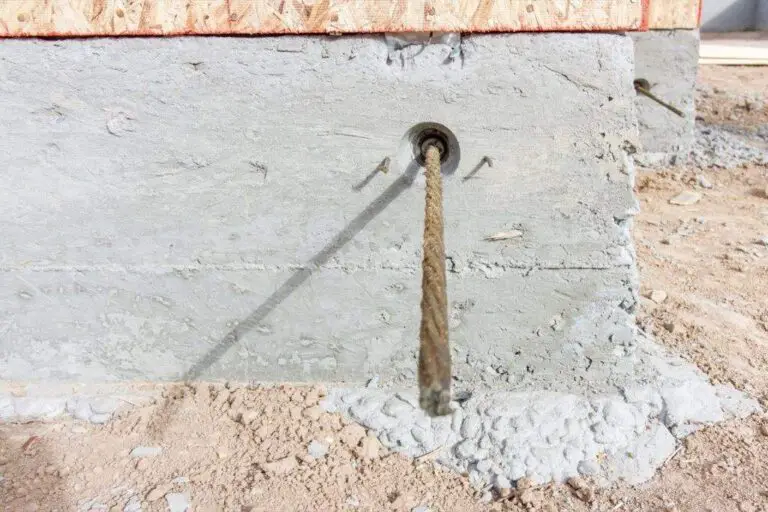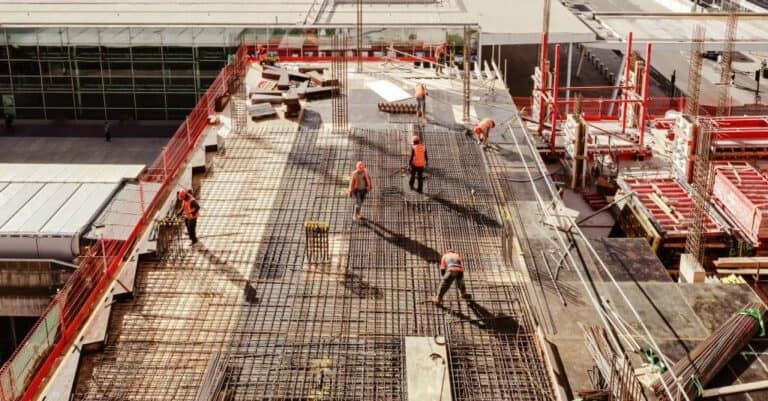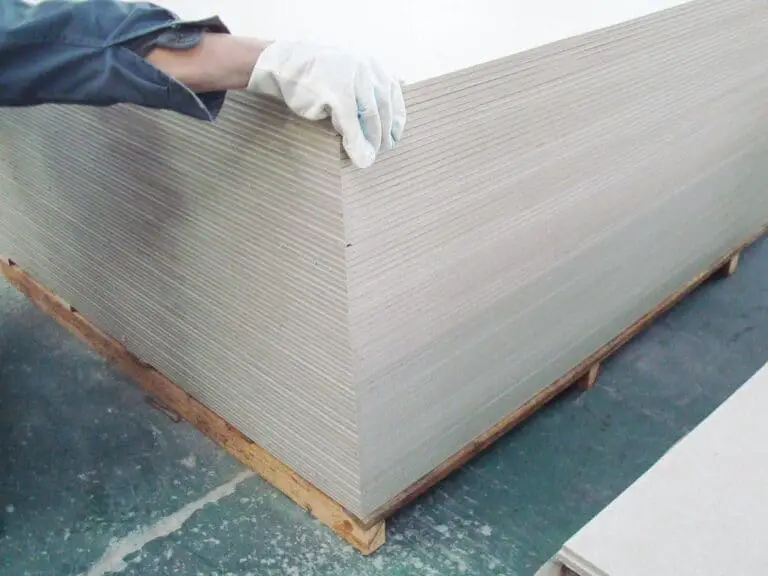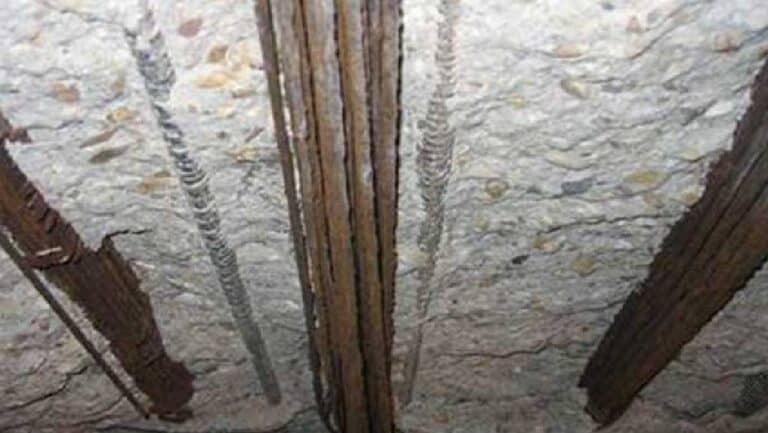From Additives to Curing: How to Improve Premixed Concrete Strength
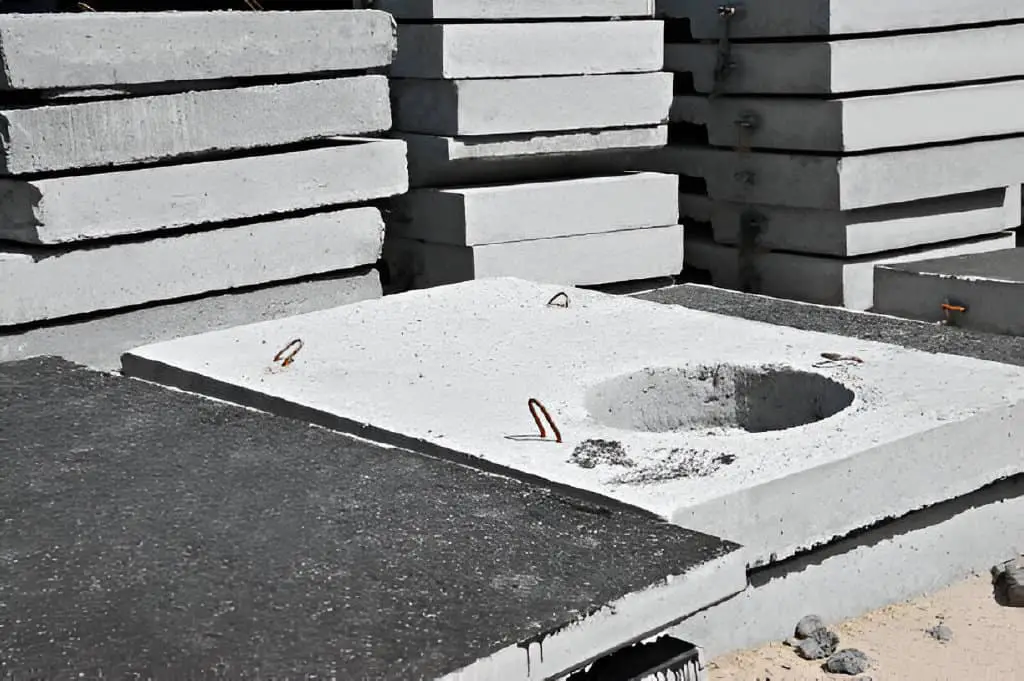
When tackling a concrete project, achieving the perfect mix is only half the battle. The real magic happens after the concrete is poured. Every step, from choosing additives to curing, affects your concrete’s strength and durability.
Having navigated my fair share of concrete projects, I’ve learned a lot about how to enhance concrete strength effectively. Let’s dive into the essentials of improving premixed concrete strength and turn your ordinary slab into a powerhouse.
The Role of Additives in Strengthening Concrete
Enhancing the strength of premixed concrete goes beyond just the mix itself. Additives are vital. They strengthen concrete structures against stresses. They also improve performance over time.
Think of additives as the secret ingredients in a recipe that can make or break the final product. When it comes to concrete, these additives can significantly enhance its performance. Here’s a rundown of the most common additives and how they can boost concrete’s strength:
1. Superplasticizers
Superplasticizers, also known as high-range water reducers, are like magic potions for concrete. They improve concrete’s flowability without adding more water. This helps keep its strength and durability. By reducing the water-to-cement ratio, they prevent cracking and ensure a smoother finish.
2. Fibers
Adding fibers to concrete is like adding reinforcement to a muscle-bound superhero. Fibers, whether steel, glass, or synthetic, enhance the tensile strength and resistance to cracking. They are tiny reinforcements. They distribute stress evenly in the mix. This makes the concrete tougher and more resilient.
3. Accelerators
Accelerators speed up the curing process, which can be a lifesaver in colder climates or when you need to get the job done quickly. Accelerators shorten the setting time of your concrete. This helps it gain strength faster and reach its full potential sooner.
4. Retarders
On the flip side, retarders delay the setting time of concrete, giving you extra time to work with it. This is especially useful in hot weather. It can cause concrete to set too quickly, compromising its strength and finish. By using retarders, you get more time to ensure proper placement and finishing.
5. Air-Entraining Agents
Air-entraining agents introduce tiny air bubbles into the concrete mix. These bubbles improve the concrete’s resistance to freeze-thaw cycles and enhance its durability. They act as shock absorbers. They prevent damage from temperature changes. They ensure your concrete withstands harsh conditions.
Curing: The Unsung Hero of Concrete Strength

Curing is like giving your concrete a cozy blanket and a warm bed. It’s a crucial step that ensures the concrete sets properly and gains maximum strength. Without proper curing, even the best ready-mix concrete can fall short. Here’s how to get curing right:
1. Keep It Moist
Concrete needs moisture to cure properly. Think of it like watering a plant. If the concrete dries out too quickly, it can crack and lose strength. Keep the surface moist by covering it with wet burlap, plastic sheeting, or curing compounds that form a protective film.
2. Maintain the Right Temperature
Concrete cures best at moderate temperatures. Too hot, and it can dry out too quickly; too cold, and it might not set properly. In hot weather, use curing blankets or wet burlap to keep the temperature down. In cold weather, use heaters or special curing compounds designed to work in low temperatures.
3. Allow Sufficient Curing Time
Concrete needs time to reach its full strength. Most concrete should cure for at least 7 days to achieve optimal strength. Avoid heavy loads or traffic during this period. For high-strength applications, extend the curing time as recommended by your concrete supplier.
4. Avoid Rapid Drying
Rapid drying can lead to surface cracking and reduced strength. Protect your concrete from wind and direct sunlight, which can accelerate drying. Use moisture-retentive covers or apply curing compounds to help maintain the right moisture level.
Also check: Is Adding More Cement to Make Concrete Stronger?
The Big Picture: Combining Additives and Curing
When it comes to concrete, achieving the perfect mix is only the beginning. The right additives and proper curing can greatly boost your concrete’s strength and durability. Here’s a quick overview of how additives and curing work together:
| Aspect | Additives | Curing |
| Purpose | Improve mix properties, strength, and workability | Ensure proper hydration and strength |
| Effect | Enhances performance and durability | Prevents cracking and enhances strength |
| Examples | Superplasticizers, fibers, accelerators, retarders | Moisture maintenance, temperature control |
| Optimal Use | In specific conditions to address performance needs | For a minimum of 7 days for optimal results |
Reinforcement Techniques
Steel rebars are vital for reinforcing concrete. They make structures stronger and more durable. These high-strength steel bars are used in concrete elements, like beams, columns, and foundations. They add tensile strength to complement the concrete’s compressive strength.
Also, steel rebars not only reinforce concrete. They also help distribute stress more efficiently throughout the structure. This force distribution is vital. It prevents localized failures and boosts resistance to bending and shearing forces.
In essence, adding steel to concrete makes it strong. It can resist stress and stay stable over time.
Read: Is Pure Cement Stronger Than Concrete?
My Personal Takeaway
In my experience, achieving strong, durable concrete goes beyond mixing the right ingredients. During my last project, I added fibers and used a superplasticizer to get a smoother finish. The result was a slab that not only looked great but also stood up to years of wear and tear.
Proper curing was another game-changer. I made sure to keep the surface moist and protected from extreme temperatures, which paid off in the form of a crack-free, robust surface.
For a small DIY project or a larger construction job, know this: additives and proper curing are key. They can make all the difference. By paying attention to these details, you ensure that your concrete not only looks good but performs well for years to come. So, the next time you mix up some concrete, remember: it’s not just about the mix—it’s about how you treat it afterward.
Conclusion
In conclusion, a construction project’s strength lies in its materials. This is especially true for premixed concrete. Adding silica fume or fly ash can greatly improve a structure’s durability. Contractors and builders use these additives for that reason.
These reinforcements improve compressive strength. They also resist chemicals and the environment. This will keep the concrete intact for years.
Also, reinforcing premixed concrete with fibers or steel bars adds tensile strength. This is crucial for withstanding bending forces and preventing cracks. Investing in strengthening techniques may require more resources upfront. But, the long-term benefits far outweigh the costs.
Durable structures built with strengthened premixed concrete are safe and stable. They also reduce maintenance costs over time. We are committed to quality work. So, we must use enhanced concrete mixes for sustainable, long-lasting construction.



